
Does your home have icicles? Those picturesque, glistening signs that winter has truly come to Upstate New York once again. While they can be pretty at first, icicles or rather, ice dams can be a very visible indication that your home has insulation problems. “An ice dam is a ridge of ice that forms at the edge of a roof and prevents melting snow (water) from draining off the roof,” according to the University of Minnesota. Ice dams can cause water to leak into your home and damage walls, floors, and ceilings.
 The Warning Signs
The Warning Signs
- Icicles on the edge of your roofs
- Ice build-up on or behind your gutter or on the edge of your roof
- Ice visible through the soffit or soffit vents
- Ice or water on the siding or in/around your window or door frames
- Water leaking into your home, near windows and doors or even on your ceiling
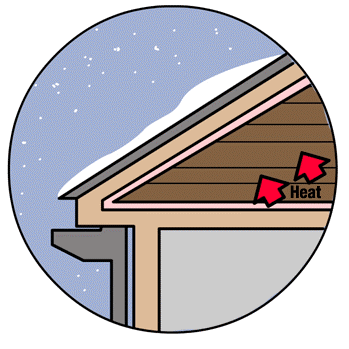 How Ice Dams Form
How Ice Dams Form
Ice dams are the result of snow, on a section of the roof warmer than 32°F, melting then refreezing along the edges colder than 32°F. Heat escapes into your attic, melts the snow on your roof which then refreezes along the colder edge of your roof. This forms the icicles that you can see from the street. What you don’t see though is the water that works its way under your shingles and leaks into your home after becoming trapped between the remaining snow and the ice dam. Eventually, this will become visible as the water finds its way into the walls or ceiling.
What Causes Ice Dams
There are a number of factors that can cause ice dams but what it really comes down to is a weak building envelope. The physical separator between the interior and exterior of your home, most notably the roof, walls, and foundation, is called the “building envelope.” Every home and its building envelope is unique and requires a careful balance of insulation and ventilation. This means that the more insulation doesn’t necessarily equal a more efficient home. The best way to test your home’s building envelope is to have a home energy audit completed by a professional. There are some common myths about the cause of ice dams. Some people believe that gutters can cause ice dams and while gutters can provide a foundation for the ice dams, they would simply form on the edge of your roof without gutters. Some people blame the improper installation of new windows or door. While it’s not unusual for ice dams to become worse after replacing your windows or doors, the worsening of the situation is not because of cheap materials or products. Since the heat can no longer escape through old, drafty windows and doors, it now finds its way out through an inadequately insulated and ventilated attic.
There are some common myths about the cause of ice dams. Some people believe that gutters can cause ice dams and while gutters can provide a foundation for the ice dams, they would simply form on the edge of your roof without gutters. Some people blame the improper installation of new windows or door. While it’s not unusual for ice dams to become worse after replacing your windows or doors, the worsening of the situation is not because of cheap materials or products. Since the heat can no longer escape through old, drafty windows and doors, it now finds its way out through an inadequately insulated and ventilated attic.
Doing Nothing Is Dangerous
Scary icicles are the least of your problems. While you may not have the means to rid your house of ice dams for good, the worst thing you can do is nothing. If left alone, ice dams can cause so much unseen damage. The water builds up on your roof will eventually find its way under your shingles and into your attic and walls. The water can come through your ceiling and walls and leave you with perpetually leaking windows and doors. This can further lead to mold and mildew build up in your home. It is also not unheard of roofs collapsing from ice dam damage, which may be considered an “Act of God” and not covered by roof warranties.
 Being Proactive is the Best Solution
Being Proactive is the Best Solution
You’re off to a good start by learning what to look for! Buy a roof rake. Like, yesterday. Clear the snow as soon as you can, before it has the chance to melt. A temporary do-it-yourself solution is to make a salt sock out of calcium chloride and nylon stockings. After laying the salt sock across the dam for a while, the rock salt will cause a breach that allows the water to run off your roof instead of building up. If you have the means and the opportunity, strengthening your building envelope with proper insulation and ventilation is the way to go. Many companies offer comprehensive home assessments to help you find the weaknesses in your home’s building envelopes and offer solutions custom-fit to your home. Ice dams can be a real headache but they don't have to be if you address the problem sooner rather than later!
Tags
Subscribe to the Comfort Windows & Doors Blog


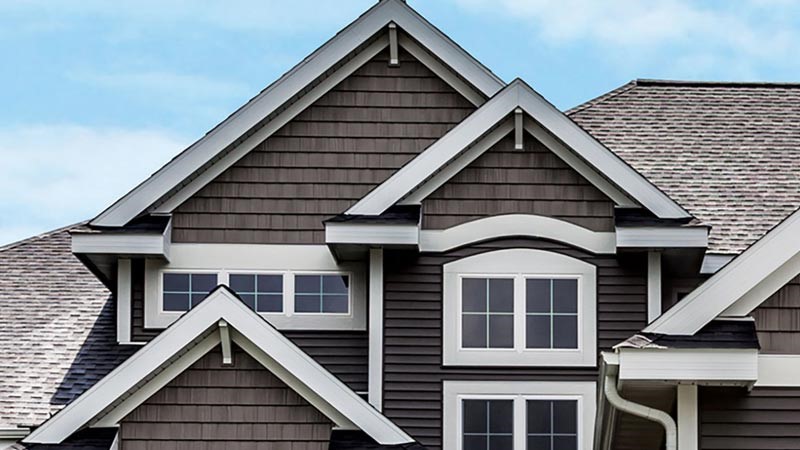
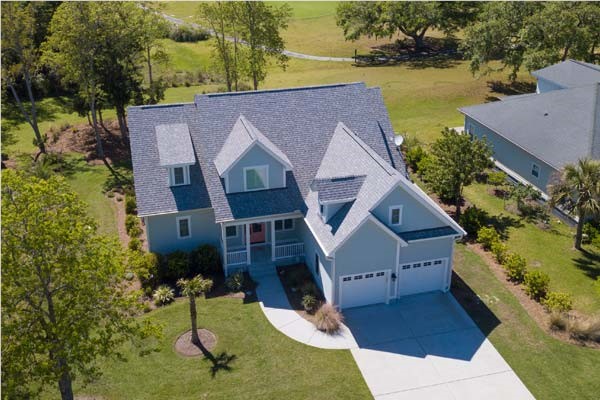

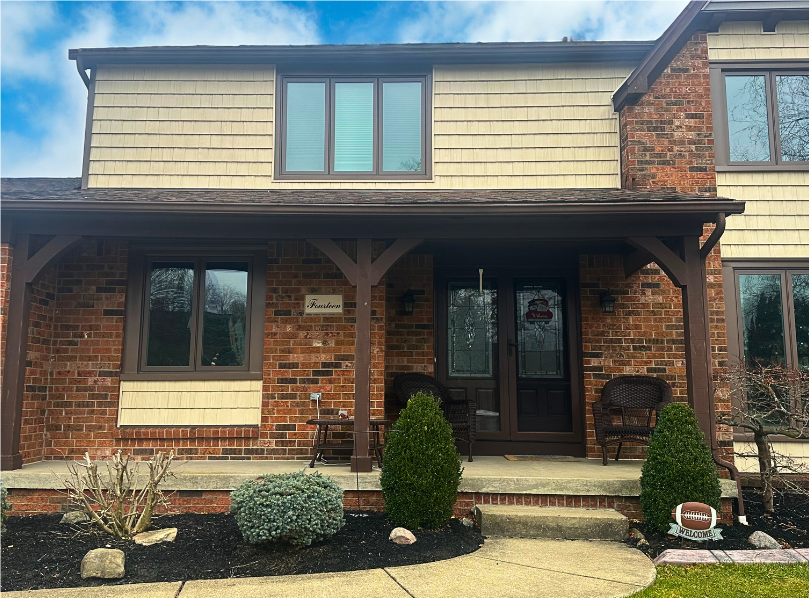
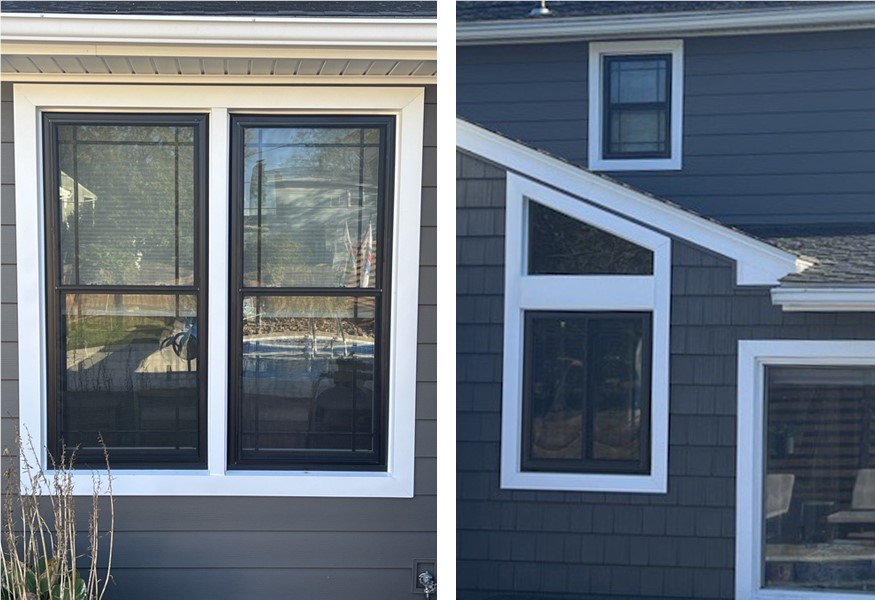

Comments